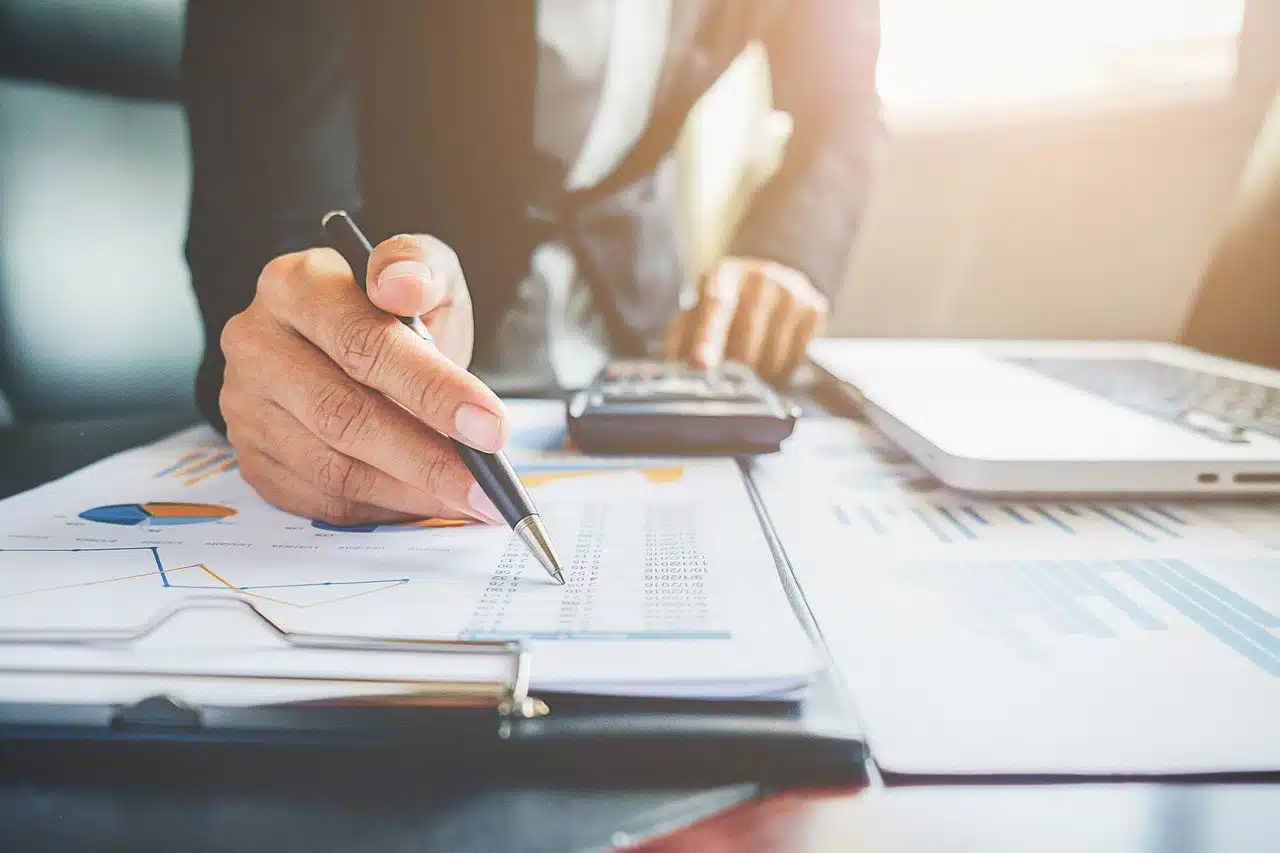
The general ledger includes all the current accounts that are open.
The general ledger is where a merchant records, by debit and credit and according to an order of dates, all current accounts with people or objects under whose names they are opened.
From the Latin liber , a book is a set of sheets of paper or other material that form a volume by binding. It usually has 50 or more pages and represents a literary, scientific or other work . In accounting , books are the documents where an organization's business operations or movement of money are recorded.
The adjective major , for its part, can have two main interpretations: if it is used as a comparative, it serves to describe a living being or an object, indicating that its age, its relevance or its size are higher than those of another subject; On the other hand, if it is used as a superlative, then it indicates that the noun it modifies is the oldest, the most relevant or the largest physically, among other possibilities, such as being the main one .
Ledger Features
The ledger features a page for each account . The pages are divided into five columns: Date , Item , Debit , Credit and Balance . An annotation in the book could be the following:
ACCOUNT: Banks
DATE: 06/04/2005
CONCEPT: Payment of 3/5 installment of the loan for machinery
DEBT: $2,380.50 (two thousand three hundred and eighty pesos and fifty cents)
HAVE: –
BALANCE: – $6,082.35 (minus six thousand eighty-two pesos and thirty-five cents)
This record is known as the general ledger since it includes all the movements of the subaccounts . Each of the accounts, therefore, groups several subaccounts. For example: the Customers account will show the movements of all customer subaccounts, the Banks account will do the same with banking institutions, etc.

A spreadsheet can help you compile the general ledger.
Its use in companies
Companies use general ledgers to keep the details of each transaction they perform on a daily basis, recording each transaction chronologically and designating it as a credit or debit, as appropriate. All financial transactions flow through the general ledger, which is also used to obtain various reports, such as the income statement, profit and loss statements, and balance sheet.
When creating a general ledger, there are basically two possible paths: purchase one of the several programs specially designed for this purpose, or take advantage of your favorite spreadsheet program, such as Excel, and do it by hand.
Steps to create a general ledger in Excel
Below is a simple general ledger model, which we can create in a few minutes. Once we have opened Excel, we must:
- In cells A1, B1, C1 and D1, write “Entry Date”, “Account Name”, “Debit/Credit” and “Amount”, respectively.
- Enter financial transactions in these fields . Taking the purchase of computer supplies as an example, we must specify the date, “computer supplies” as Account Name , “D” in C2 to indicate that it is a debit, and the amount in D2. It is worth mentioning that, although all spreadsheet programs allow records to be sorted by various criteria (such as by date), it is advisable to do the entry directly in chronological order, to avoid potential confusion.
- Click on "Insert", followed by "Pivot Table" (this may vary slightly depending on the version of Excel).
- Holding down the left mouse button, select all the rows starting with cell B1 and ending in the last cell in column D that we have completed.
- Click on “Next”, “New spreadsheet” and “Finish”.
- To complete the “Line” field, left-click the “Account Name” field and drag it to the corresponding text box.
- Similar to the previous point, drag “Debit/Credit” and “Amount” to “Column” and “Data”, respectively.
- In the toolbar , click on “Pivot Table” and “Table Options”.
- Uncheck the “General row totals” box and click OK to finish the process.
